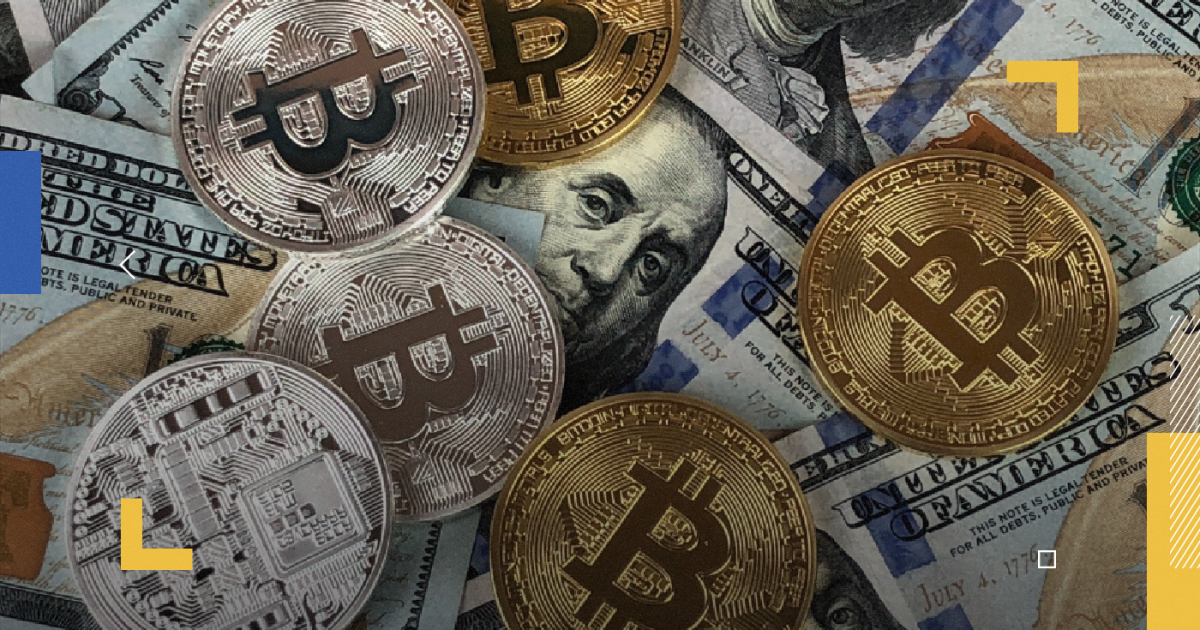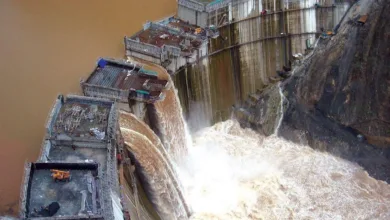Who Really Controls the Global Financial System: Banks or Nations

The global financial system in 2025 is shaped by a complex interplay of private banks, central banks, sovereign nations, and international institutions. Debates continue over who exerts the most influence: private banking institutions or national governments. Understanding this balance of power is crucial for assessing economic stability, policy decisions, and global market dynamics. This article explores the mechanisms of control, historical trends, and the evolving role of banks and nations in the modern financial order. (News)
Historical Evolution of the Global Financial System
Historically, the global financial system has been influenced by both private banking networks and sovereign nations. From the gold standard of the 19th century to Bretton Woods in the mid-20th century, monetary systems have undergone significant transformations. Central banks gained prominence after World War II, managing inflation, controlling interest rates, and stabilizing national currencies. Simultaneously, international institutions such as the IMF and World Bank established frameworks for cross-border economic governance. (Breaking News)
Private banks, especially multinational institutions, expanded their reach during globalization. Their influence grew through lending, investment strategies, and control of capital flows. The combination of national monetary policy and private financial networks created a dual-layered system where both entities could significantly shape economic outcomes. (U.S News)
Role of Central Banks
Central banks are key actors in the financial system. They regulate monetary policy, manage currency stability, and act as lenders of last resort. In 2025, central banks of major economies—such as the U.S. Federal Reserve, European Central Bank, and People’s Bank of China—exert substantial influence over global markets. Their policy decisions on interest rates, quantitative easing, and currency reserves ripple across economies, affecting both domestic and international financial stability. (Trump News)
Central banks coordinate internationally to mitigate systemic risks, often consulting through forums like the Bank for International Settlements. Despite this, their independence from political pressures varies, and the interplay between monetary policy and governmental priorities remains complex. (World)
Influence of Sovereign Nations
Sovereign nations play a critical role in regulating financial systems through fiscal policy, taxation, and legislative frameworks. National governments influence banking regulations, enforce compliance, and sometimes intervene in markets to stabilize economies. Countries with significant foreign exchange reserves and control over key commodities can leverage these assets in international negotiations. (News)
Emerging economies, such as India and Brazil, increasingly shape global financial dynamics by integrating digital currencies, promoting local banking initiatives, and participating in international financial institutions. These developments reflect a gradual shift toward a more multipolar financial order where nation-states regain influence alongside private banking institutions. (Breaking News)
Private Banks and Financial Networks
Private banks, investment funds, and multinational financial institutions wield considerable power through capital allocation, credit provision, and investment strategies. Their global networks allow them to influence market liquidity, credit availability, and investment trends. In 2025, private institutions leverage data analytics, artificial intelligence, and algorithmic trading to enhance their influence over global financial flows. (U.S News)
Banks also interact closely with sovereign debt markets. Governments often rely on private institutions to underwrite bonds, manage investments, and facilitate international capital flows. This interconnectedness creates both synergies and vulnerabilities, where the actions of one sector can significantly impact the other. (Trump News)
International Financial Institutions
International institutions such as the IMF, World Bank, and regional development banks mediate between banks and nations. They provide funding, technical assistance, and policy guidance. In crises, these institutions can stabilize economies by coordinating loans, enforcing structural reforms, and providing confidence to investors. (World)
These organizations also facilitate global standards, ensuring that financial systems operate with transparency and predictability. However, debates persist about their independence and the extent to which they reflect the interests of powerful nations versus global priorities. (News)
Financial Crises and Lessons Learned
The 2008 financial crisis illustrated how interconnected banks and nations are. Private sector mismanagement led to systemic risks that required government intervention and central bank support. In 2025, lessons from the past shape regulatory frameworks, stress tests, and crisis preparedness, emphasizing that both banks and governments play complementary roles in maintaining financial stability. (Breaking News)
Emerging challenges include digital currencies, cyber threats, and geopolitical tensions that influence financial flows. These factors require careful coordination between banks, sovereign nations, and international institutions to prevent disruptions. (U.S News)
Technological Transformations in Finance
Fintech, blockchain, and digital currencies are transforming the global financial landscape. Banks adopt AI-driven risk assessment, automated trading, and real-time analytics to manage assets more effectively. Governments experiment with central bank digital currencies (CBDCs) to enhance monetary policy implementation. These technological shifts redistribute influence, creating new arenas for competition and collaboration between private banks and sovereign nations. (Trump News)
In 2025, the global financial system is shaped by a delicate balance between banks and sovereign nations. Both exert significant influence: banks through capital networks and financial expertise, nations through policy, regulation, and resource control. Understanding this interplay is essential for anticipating market trends, preparing for crises, and navigating the increasingly complex global economy. (World)




